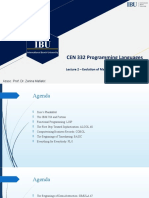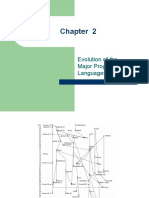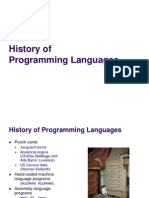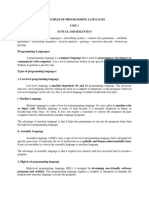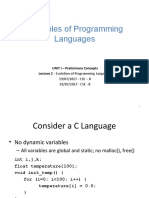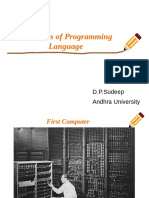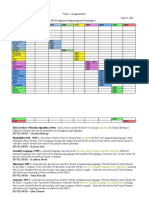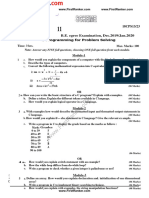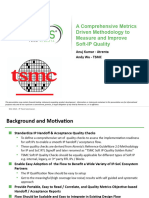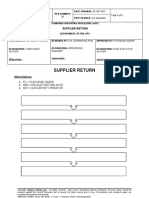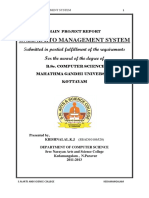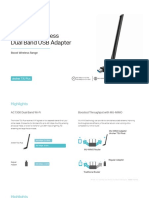0% found this document useful (0 votes)
48 views39 pagesWeek 2 Evolution of The Major Programming Languages
Uploaded by
jessica bicoyCopyright
© © All Rights Reserved
We take content rights seriously. If you suspect this is your content, claim it here.
Available Formats
Download as PPTX, PDF, TXT or read online on Scribd
0% found this document useful (0 votes)
48 views39 pagesWeek 2 Evolution of The Major Programming Languages
Uploaded by
jessica bicoyCopyright
© © All Rights Reserved
We take content rights seriously. If you suspect this is your content, claim it here.
Available Formats
Download as PPTX, PDF, TXT or read online on Scribd
/ 39

